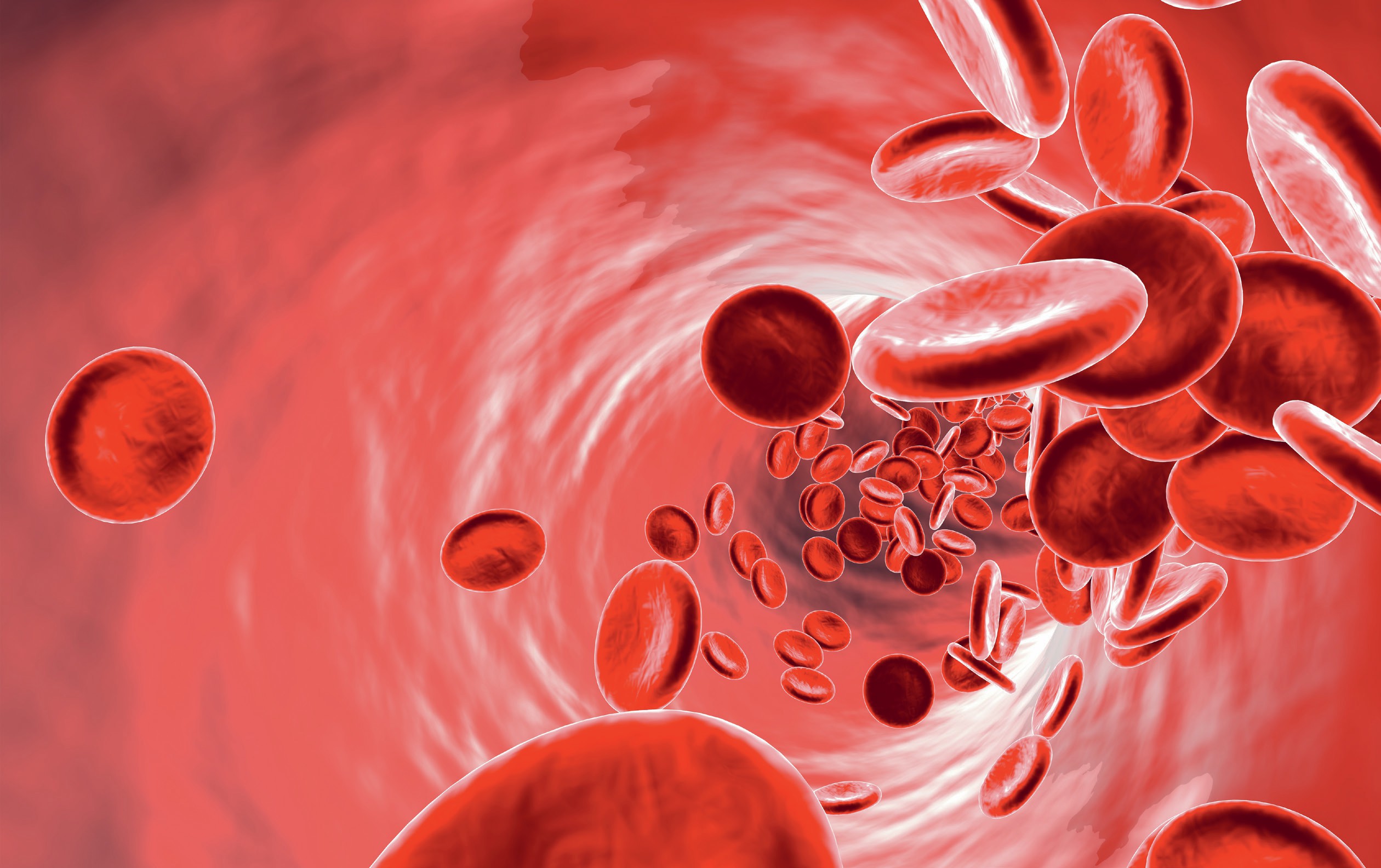
Biological molecules have highly complex structures, allowing them to fulfil their given roles in nature. One set of compounds that showcases this specificity are tetrapyrroles (see CHEMISTRY REVIEW, Vol. 5, No. 4, pp. 19–25).
Tetrapyrroles are relatively large molecules, based around four pyrrole groups. Pyrrole is a molecule consisting of a five-membered ring including a nitrogen atom (Figure 1). Of particular importance are macrocyclic tetrapyrroles, which form ring structures of 12 or more members held together by short, carbon-based links. These compounds play a critical role in the chemistry of life. From carrying oxygen around our bodies to synthesising DNA, they are a key component of our cell metabolism and contribute massively to our overall physical wellbeing.
Your organisation does not have access to this article.
Sign up today to give your students the edge they need to achieve their best grades with subject expertise
Subscribe




